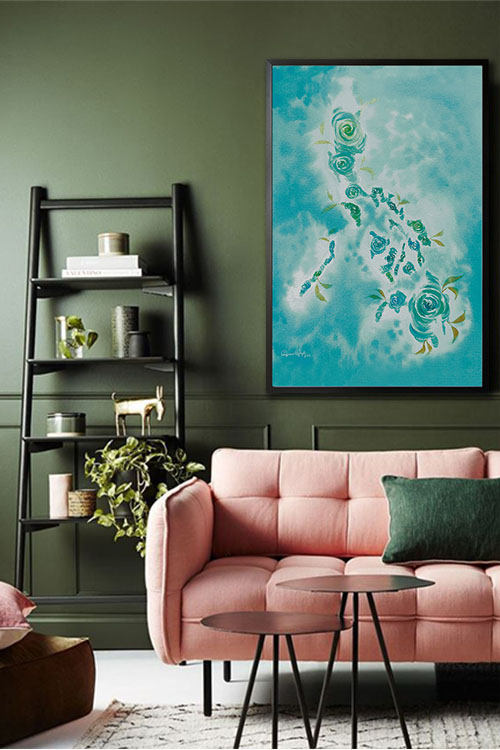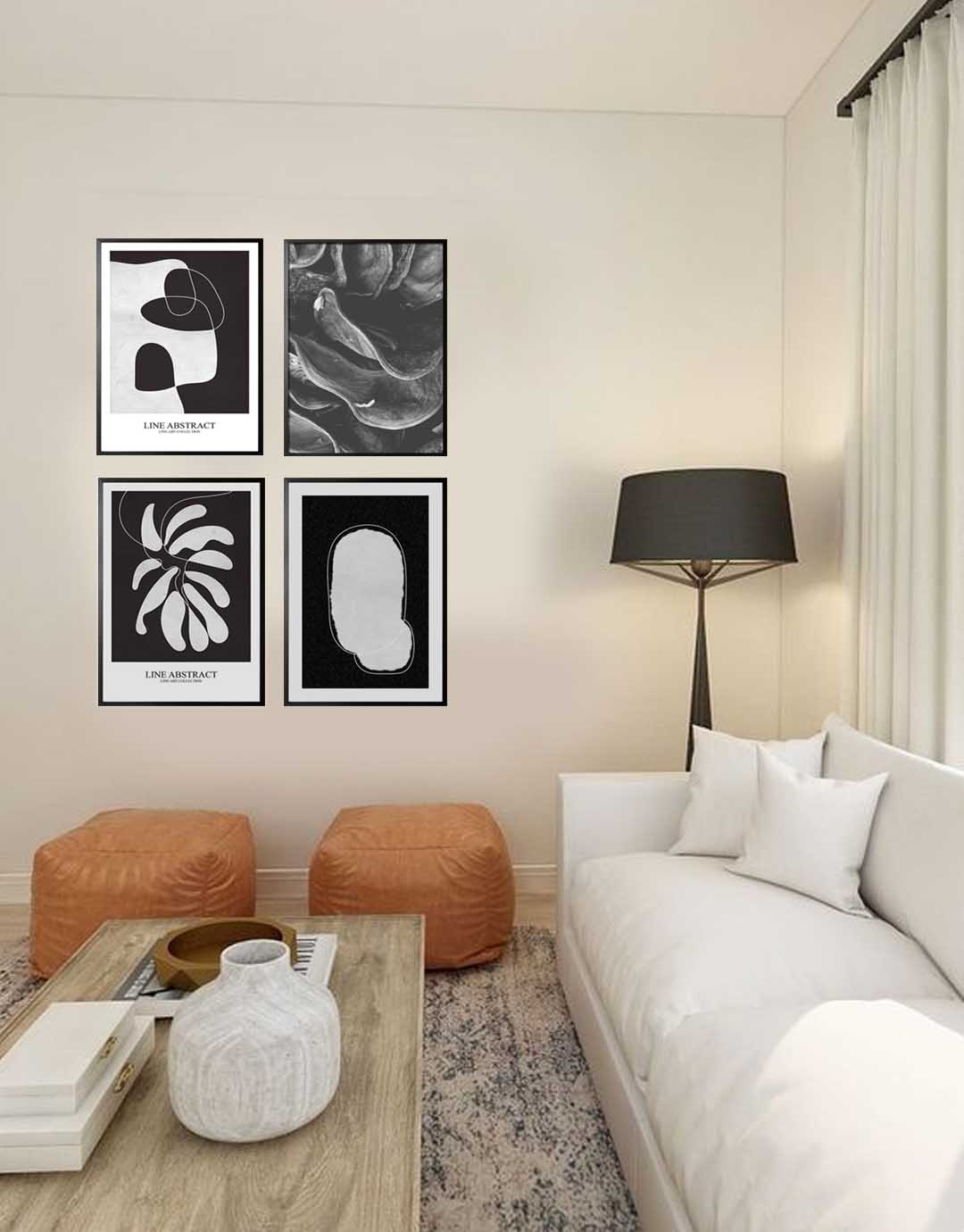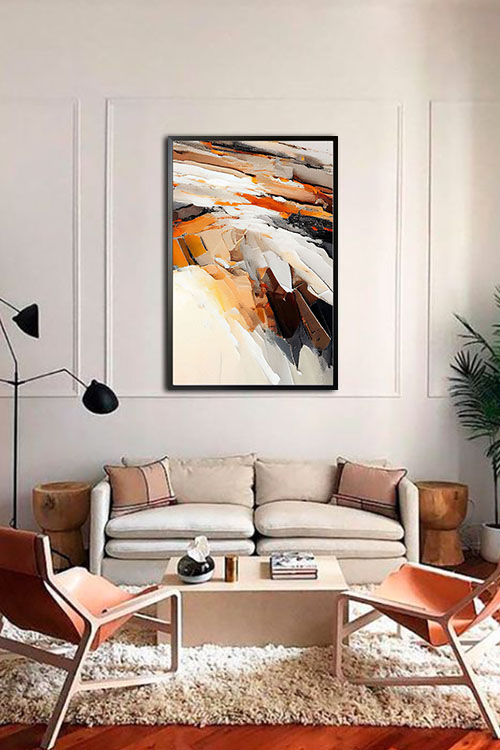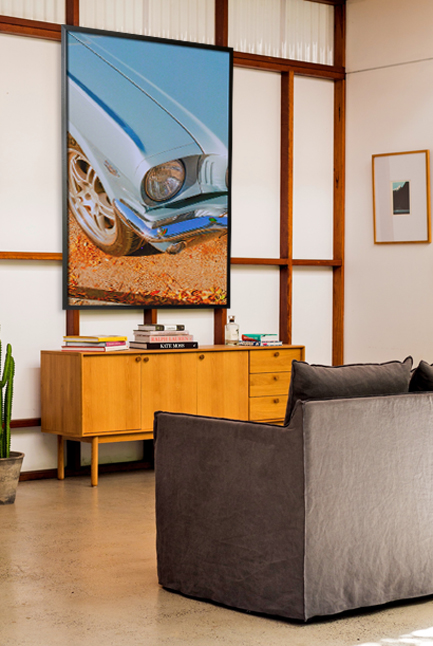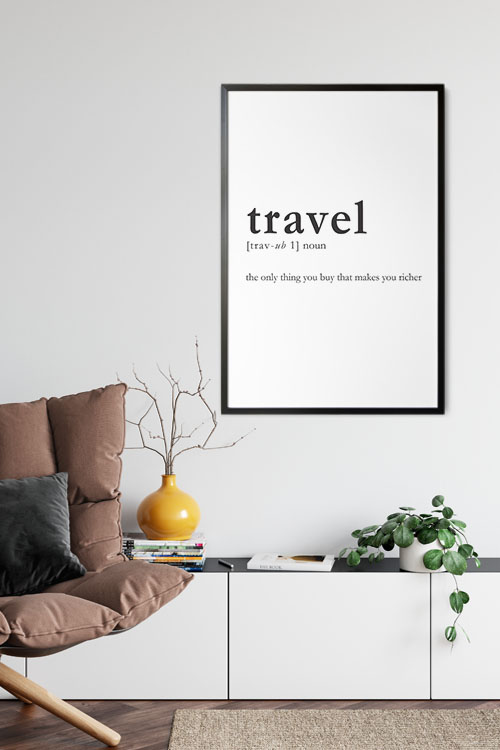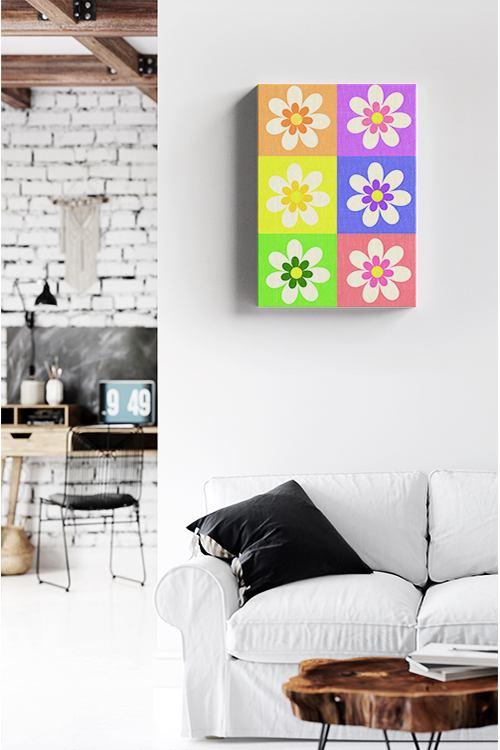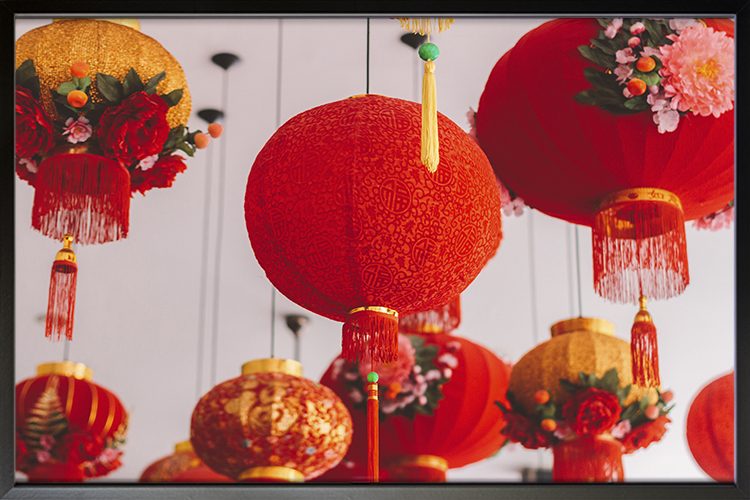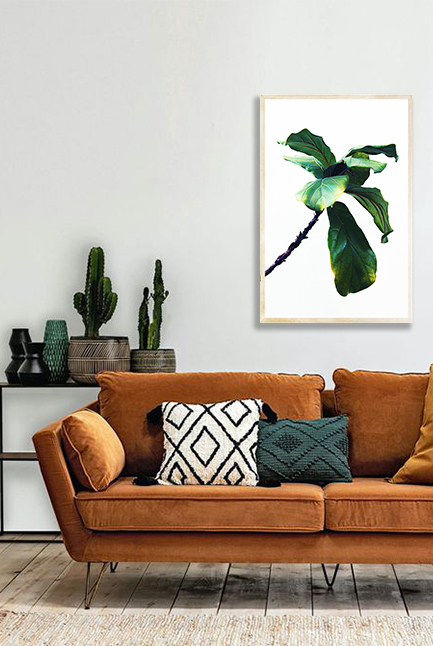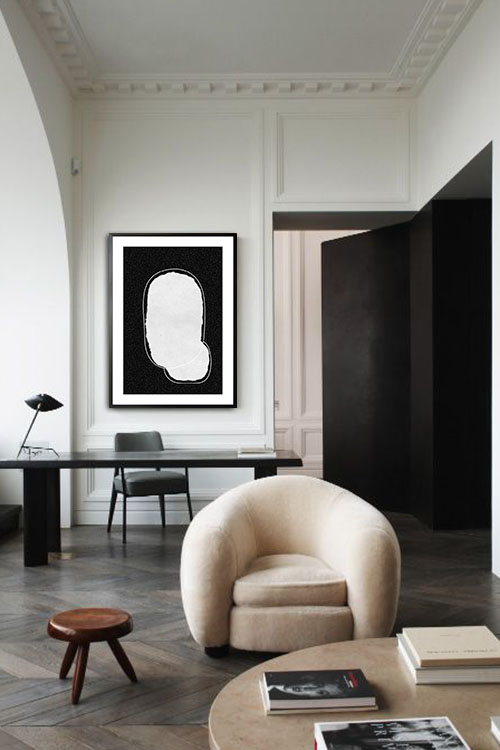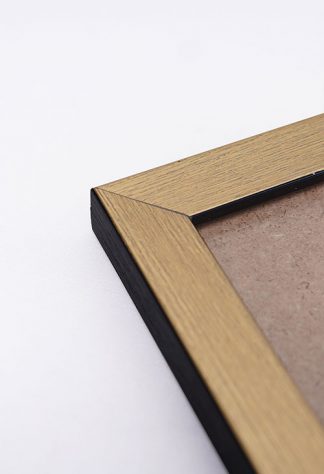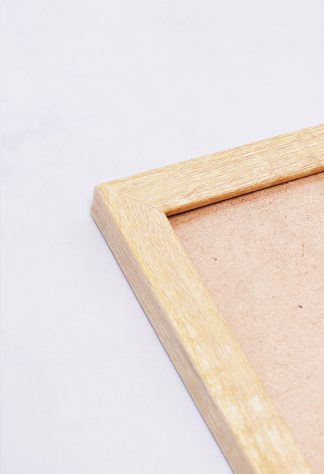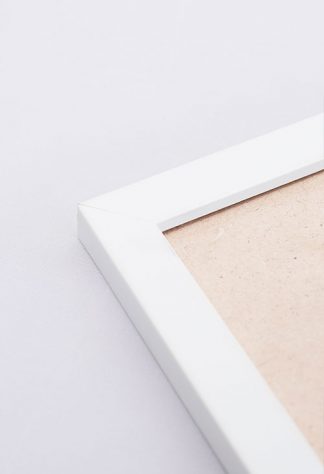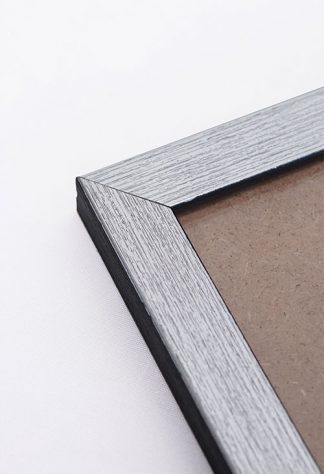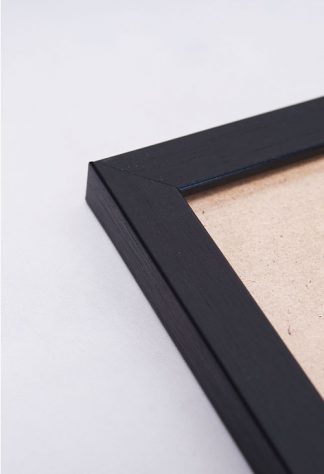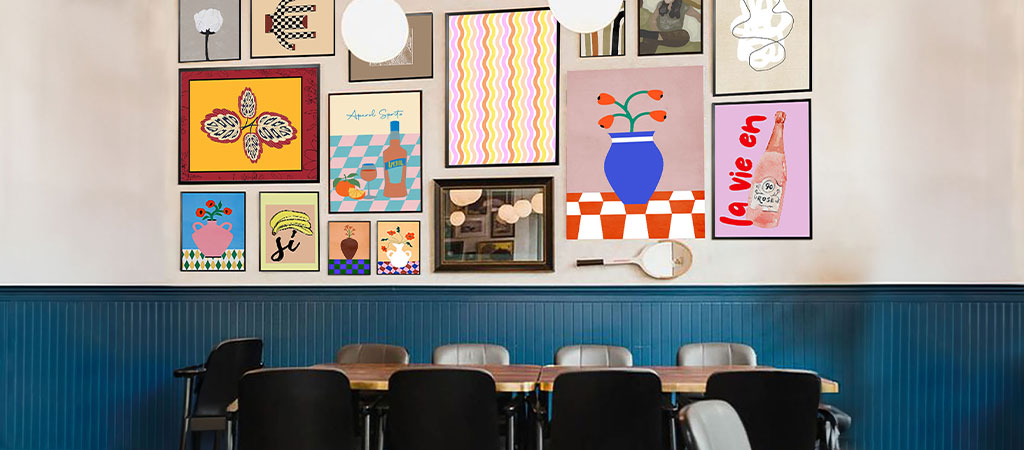
Mixing design styles can be challenging, but when done right, it can create a harmonious and personalized space that reflects your unique taste. Here’s a guide on how to mix design styles without clashing.
Identify Your Style
Before mixing, identify the design style you want to build around. Whether modern, traditional, minimalist, or eclectic, having a base style will anchor your decisions.
Understand the Key Elements of Each Style
It’s crucial to familiarize yourself with the key characteristics of the design styles you’re interested in. For example, modern styles often feature clean lines and minimalism, while traditional styles emphasize ornate details and rich textures. This knowledge will empower you to make informed design decisions.
Create a Unified Color Palette
Choose a cohesive color palette that ties together different elements. Consider using a neutral base with pops of color or shades from a complementary color scheme. This helps create visual continuity throughout the space.
Blend Furniture Styles
Mix furniture pieces from different styles but ensure they share common elements like color, shape, or scale. For instance, pair a sleek modern sofa with a vintage coffee table to create contrast while maintaining coherence.
Focus on Texture and Materials
Introduce texture through fabrics, rugs, wood, metal, or glass. Combining textures adds depth and visual interest without overwhelming the space.
Use Accents to Blend Styles
Accents are crucial in blending styles. Incorporate transitional elements like artwork, pillows, or lighting fixtures to soften the contrast between different design aesthetics. These accents will reassure you that your design choices are harmonious and balanced.
Balance Proportions
Pay attention to the proportions of furniture and decor items. Mix larger statement pieces with smaller complementary items to create a balanced visual composition.
Employ Layering and Symmetry
Layering different elements, such as rugs, curtains, and artwork, can create a sense of depth and cohesion. To avoid a cluttered look, aim for symmetry and balance in placement.
Consider Flow Between Spaces
Maintaining a consistent design language or color scheme helps ensure a smooth transition between rooms and creates a sense of continuity throughout your home.
Trust Your Instincts
Ultimately, trust your instincts and personal preferences. Design is subjective, and mixing styles should reflect your personality and lifestyle.
In a Nutshell
Mixing design styles is about striking a balance between contrast and cohesion. You can create a curated and harmonious space by understanding each style’s core elements, using a unified color palette, thoughtfully blending furniture and textures, and incorporating transitional accents. Remember, the thoughtful integration of diverse elements transforms a room into a reflection of your unique style and taste.
